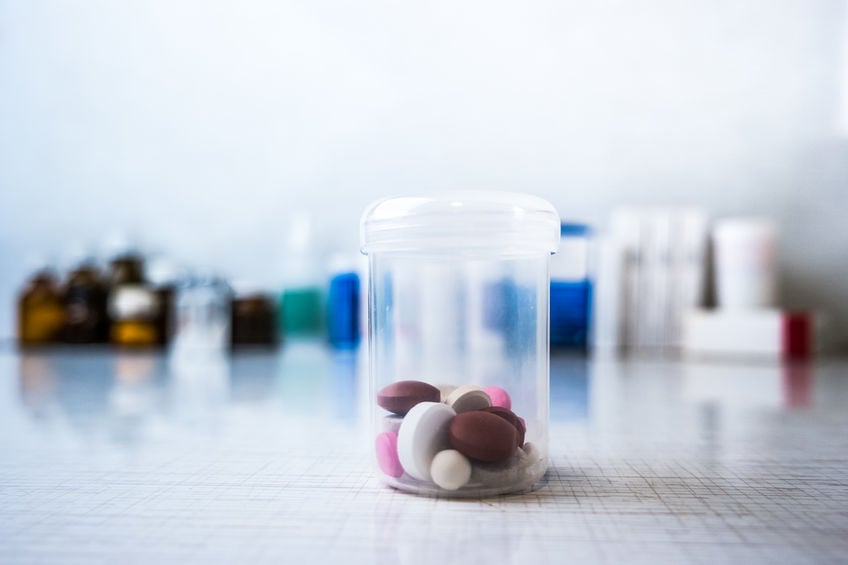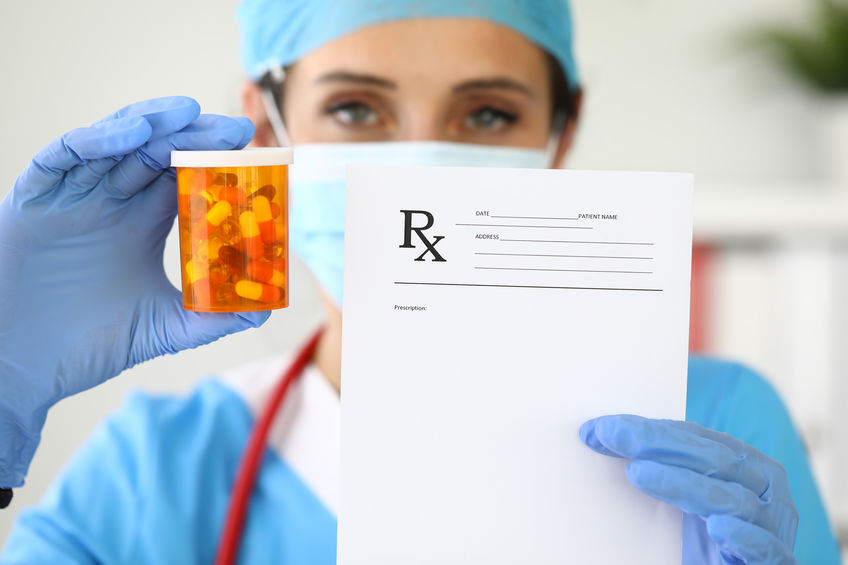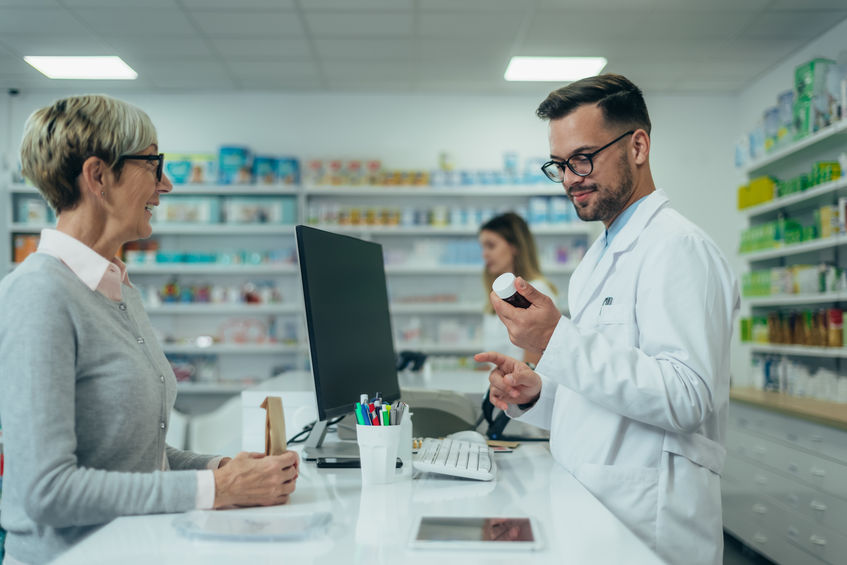
Pharmaceutical compounding is the age-old practice of combining medications, also referred to as active ingredients, with inactive ingredients to create personalized medications that can be adapted to the needs of each individual. There are two overarching types of compounding, sterile and non-sterile, which vary depending on the product being made.
Sterile compounding is most commonly used in the preparation of medications that require sterility due the risk of infection. This risk is tied to their route of administration and includes things like eye drops, injections, and intravenous medications. These types of products can have a negative impact on patients’ lives if there is even a trace of bacteria present in
preparation.
Non-sterile compounding, however, is by far the more common of the two and can be slightly misleading in its name. While these products are not compounded in an entirely sterile environment which consists of a separate clean room, non-sterile compounding must follow its own set of strict guidelines. Non-sterile compounding must ensure and maintain active
ingredient purity and potency, guarantee accurate mixing, packaging, labeling, and storage of the final product, and must keep all surfaces, materials, and equipment as clean as possible.
What are the advantages of non-sterile compounding?
Non-sterile compounding allows your pharmacist and doctor to work together to create medication that is tailored to your specific needs. Compounded medications require a prescription from your physician, just like any other prescription medication. Some of the
customizable options available with non-sterile compounding are:
- Custom-made strength or dosage: Commercially available products come in a set range of doses, meaning you may be getting more or less of the medication than your body needs. Customizing the strength or dosage allows you to receive the amount you need, while potentially avoiding some unwanted side effects.
- Addition of flavoring: Flavoring can be added to many medications to make them more palatable without altering their efficacy. This can be especially useful for children or animals who are not able to swallow pills and/or do not like the taste of a certain medication.
- Removal of unwanted inactive ingredients: Compounding allows the physician and pharmacist to reformulated products in order to remove unwanted inactive agents, such as lactose, dyes, or gluten that may lead to sensitivities for certain patients.
What are made with non-sterile compounding?
Alternate formulations are another way non-sterile compounding can create a more personalized approach to treatment. Some products can be prepared using alternate formulations to provide patients with other ways of taking their medication, including:
- Sustained-release oral products
- Liquids
- Topical gels, lotions, ointments, creams, and foams
- Medicated shampoos
- Medicated lip balms
- Dissolving troches and lollipops
Compounding can be a great option for a wide range of patients and therapeutic challenges. If you feel these solutions would be useful for some of your medication needs or want to learn more about non-sterile compounding, reach out to your pharmacist or physician to learn more
about how compounding can address your medication needs.
RECENT
ARTICLES
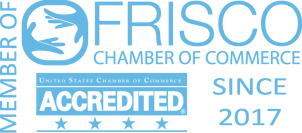
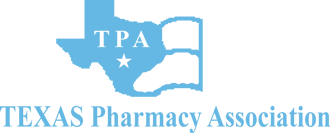

Our Patients Say
We pride ourselves on providing exceptional customer service to our community. Here are a few things that the community is saying about us.
Convenient and quality service. Ive never had my prescriptions filled quicker and the pharmacist took the time to tell me about what I was taking.
Excellent experience! Friendly, knowledgeable staff!
I have been a customer since they opened. Julie and Hiten have both treated me with the utmost respect and have always been ready to take care if my needs with a smile

